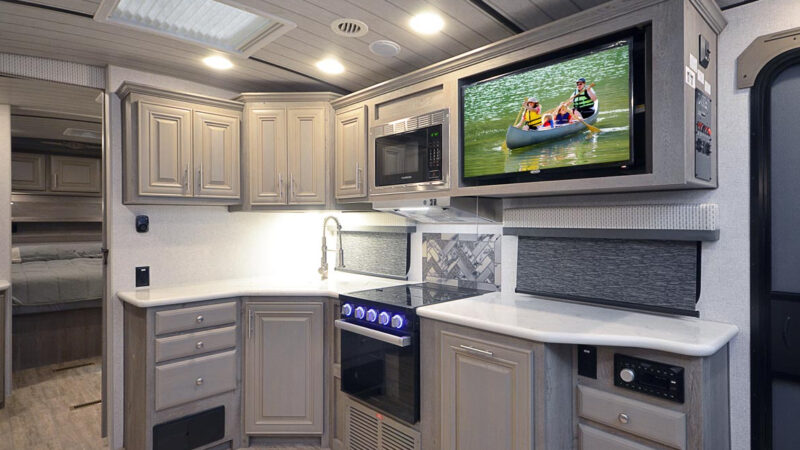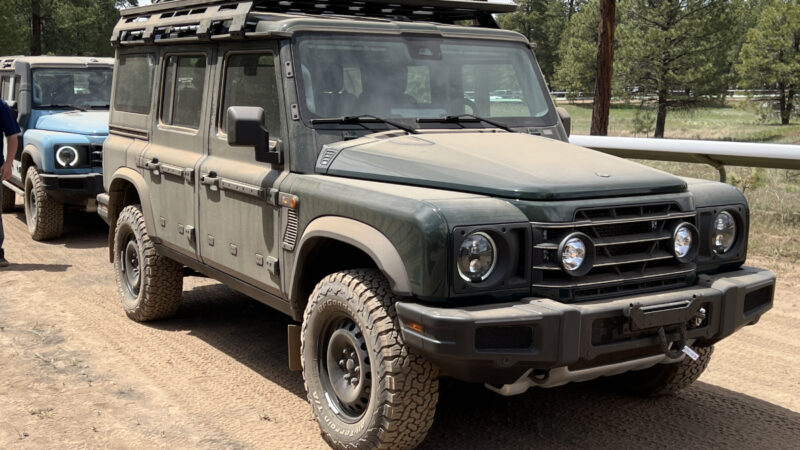How to Prepare for Severe Weather Events While Traveling in an RV
As severe weather events have become more frequent and intense across the country, we’ve increasingly found ourselves exposed to dangerous conditions. This is especially true when traveling in an RV, which can bring unique challenges we don’t always face while at home. From blizzards and thunderstorms to tornadoes and floods to intense heat and humidity, traveling in bad weather can be fraught with danger. But thankfully—with a bit of planning and increased awareness—you can limit your exposure to those conditions and stay safer in the process.
Here are some tips to help weather the storm while keeping you, your friends and family—and your RV—safe when natural disasters strike.

Photo Credit: kotoffei/Getty
Stay Weather Aware
Thanks to smartphones and tablets that stay connected to the internet no matter where you go, it is now easier than ever to stay informed on current and future weather conditions. Most mobile devices come with a pre-installed weather app that can provide up-to-the-minute information and detailed forecasts for the future. Those devices can even provide alerts and notifications when severe weather is heading toward your current location.
Use these technologies to your advantage while traveling in your RV. Check the forecast regularly to get a sense of the conditions you can expect while on the road and at the campground. Knowing when a storm will arrive can give you time to alter your travel plans to avoid the worst conditions. That can include leaving a campsite early or changing your itinerary to visit a location that won’t be as impacted by the severe weather.
Staying on top of the weather forecast will also help you remain safer once you’ve reached the campsite. If strong winds are expected, retract your RVs awnings and slide-outs to keep them protected. Also, stow away any outdoor gear, such as camp chairs, grills, trash cans, or other items that might get blown away in a storm. Check your stabilizing jacks to ensure the vehicle is as steady and secure as possible. Reconnecting a travel trailer to a tow vehicle can improve stability too.
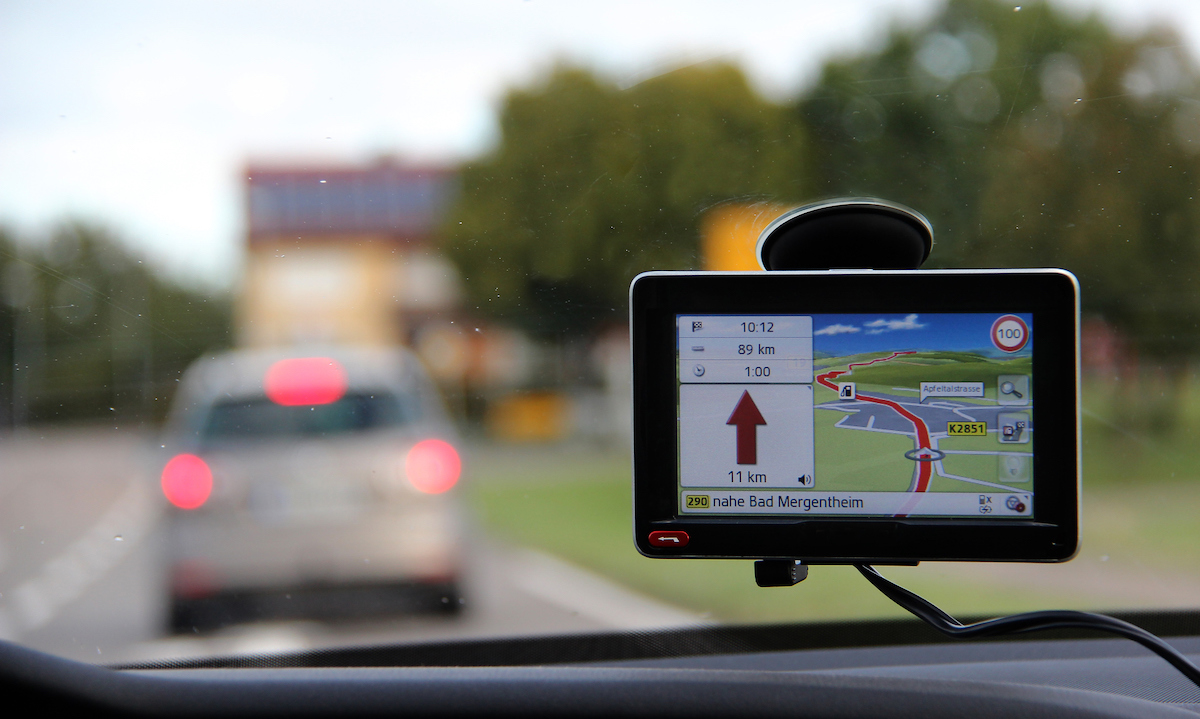
Photo Credit: gsagi/Getty
Reposition Your Vehicle
Depending on where you are camping, it may be possible to adjust the position of your vehicle to better handle inclement weather. For instance, turning the nose of your RV into the wind lowers its profile and diminishes the impact of strong gusts. It also reduces the likelihood that blowing debris will strike your motorhome or travel trailer.
In extremely hot conditions, it can be beneficial to park your RV under a tree. Not only does the shade help keep temperatures lower inside the vehicle, but it will also reduce the stress on your air conditioning units. But camping under a tree can be dangerous in a violent storm or blizzard. Strong winds, snow, and ice often cause branches to break or could bring an entire tree down on your rig. This can lead to extensive damage or even completely ruin a vehicle.
If possible, reposition your RV to better deal with shifting weather conditions. For example, large buildings or tall hills can serve as a windbreak, providing protection from strong gusts as well as snow and rain. It is also a good idea to move away from rivers and streams that could potentially flood during a heavy downpour. If water levels start to get dangerously high, relocate to higher ground as soon as possible.
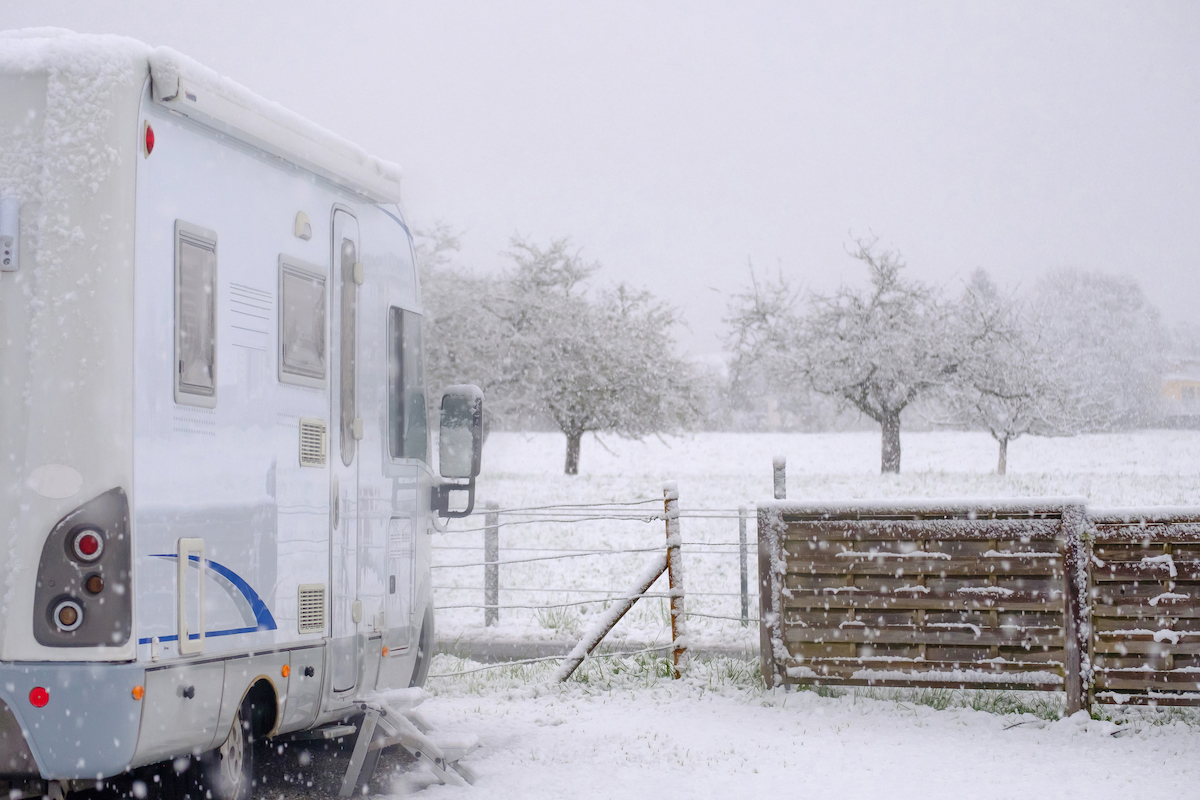
Photo Credit: winyoo08/Getty
Campgrounds vs. Boondocking
If you’re staying in a campground, you probably won’t have much flexibility when moving or repositioning your RV. On the other hand, you’ll be closer to other RVers should you require assistance. You’ll also have better access to roads and nearby towns, which could be crucial should your vehicle need repairs or if you require medical assistance.
While boondocking, you’ll have a lot more flexibility when it comes to repositioning your motorhome or travel trailer, allowing you to seek shelter using the terrain or other natural features. But when camping in a remote location, you risk getting stranded far from anyone who can provide assistance.
Always use common sense and err on the side of caution when selecting your campsite. Don’t be afraid to change your plans and leave for a new destination if the weather conditions are threatening. While it may be tempting to ride out a storm in solitude, during an extreme weather event, it may be better to hit the road for someplace safer and more populated.
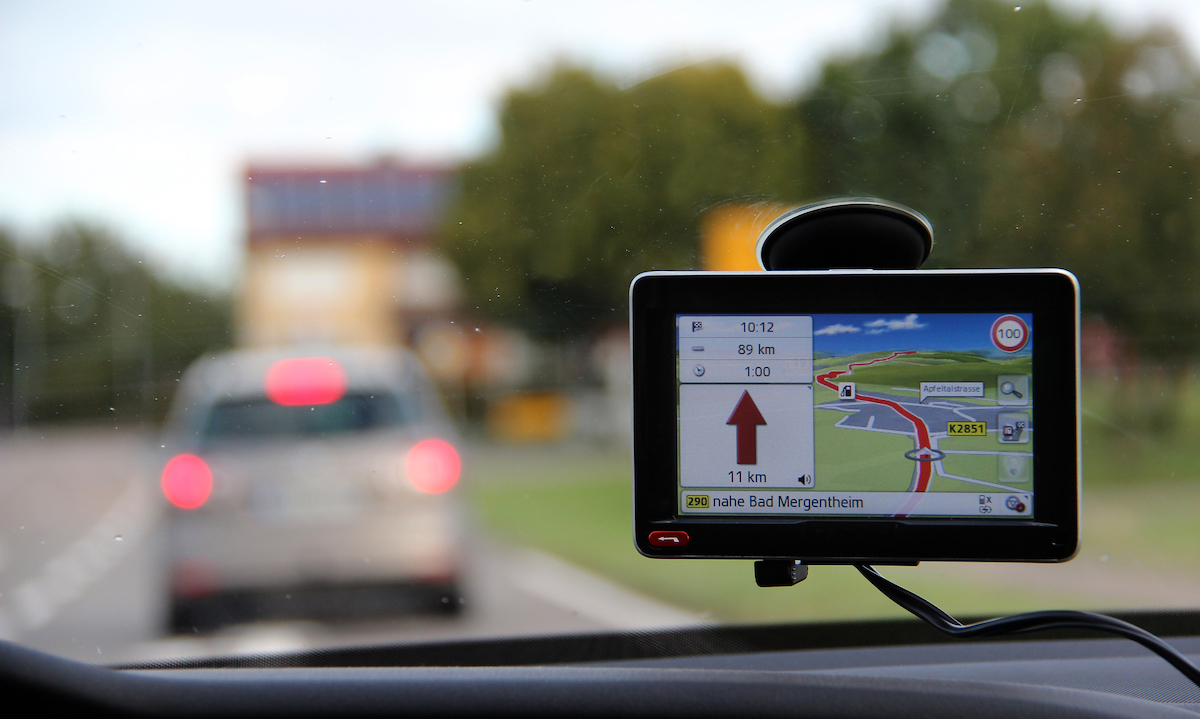
Photo Credit: Leo Malsam/Getty
Plot an Escape Route
Inclement weather can significantly impact road conditions, making it challenging to travel before, during, or after a storm. But by plotting an evacuation route—should one be needed—you’ll better understand where you need to go to escape the situation.
An RV GPS navigator or a smartphone maps app can assist in finding the best routes to reach safety. Many of those devices track current traffic patterns and travel times when plotting a course, helping drivers find alternate options that may be faster and more efficient. Some maps are even aware of road closures, accidents, and other hazards, providing warnings that can make driving safer.
If you know bad weather is in the forecast, look for possible escape routes a few days ahead of time. This can be helpful should you need to evacuate the area and may help you decide whether to ride out a storm at the campground or leave early.
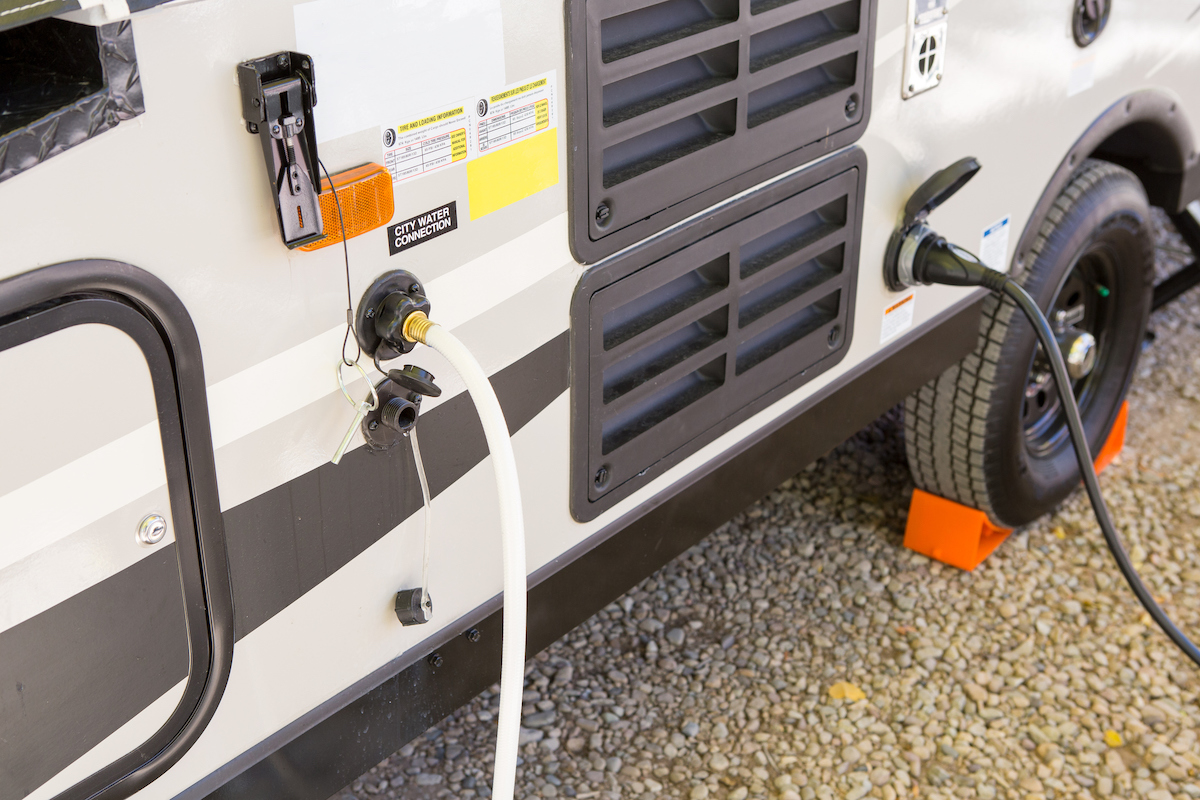
Photo Credit: Bill_Vorasate/Getty
Charge Batteries and Maintain Your Tanks
If you know that a significant weather event is about to hit the area where you’re camping, there are a few things you can do to get your RV ready. One of the most important is fully charging your house batteries so that your vehicle has power during and after the storm. Severe weather often impacts the electrical grid, but by keeping your batteries charged, you’ll stay safer and more comfortable.
It is also a good idea to empty your gray and black water tanks before the storm arrives and refill your freshwater tank too. If you have to spend a few extra days living in your RV waiting out the weather, you’ll be glad you have the additional capacity.
If you have propane tanks or a gas-powered generator, it is also a good idea to check their fuel levels. If either is starting to get low, you may want to refill the tanks to ensure you don’t run out of gas just when you need it most. Speaking of which, don’t forget to fill up your RV’s fuel tanks as well. During major weather events, there can be a run on gasoline and diesel and you don’t want your vehicle running on empty.
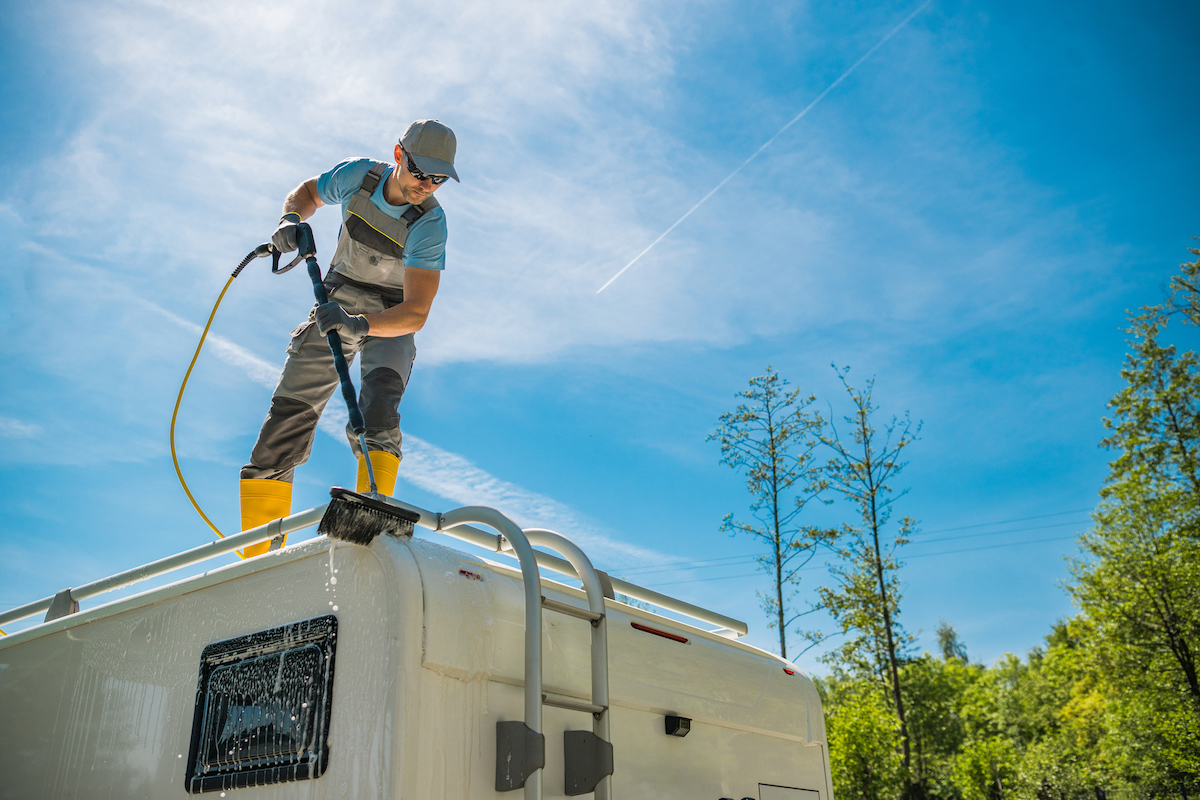
Photo Credit: welcomia/Getty
Keep Your RV Well Maintained
RV maintenance is one of those chores that most of us don’t enjoy, but it can pay significant dividends when it comes to the vehicle’s longevity and safety. This can be especially true in severe weather when you’ll want everything working at peak efficiency. By properly maintaining your appliances, HVAC, and electrical systems, you’re less likely to experience problems while riding out a storm. You’ll so stay more comfortable and safer too.
By regularly inspecting your motorhome or travel trailer, you’re more likely to spot potential problems before they become major issues. For instance, it is a good idea to regularly check the roof of your vehicle to watch for undue wear and tear that could lead to water leaks. Also, be aware of the health of your vehicle’s tires, brakes, and other equipment to ensure everything is in working order. The last thing you need is a major mechanical failure, just as severe weather is bearing down on you.
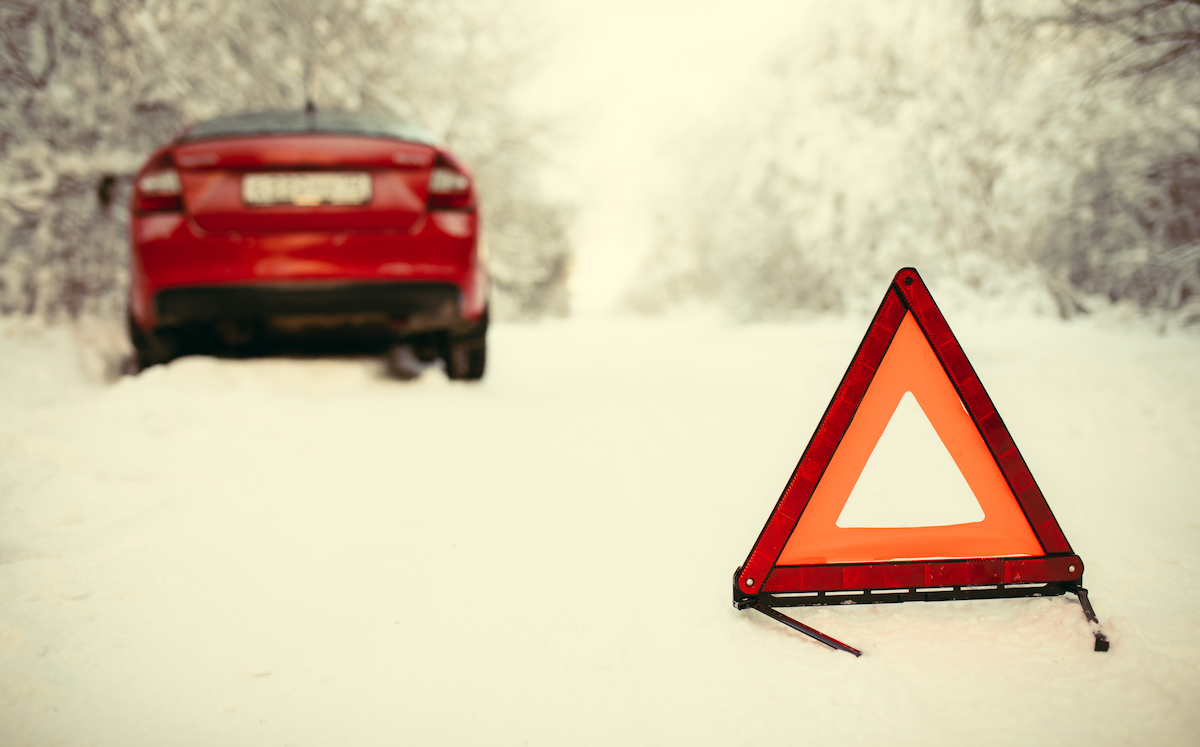
Photo Credit: Egor Novikov/Getty
Carry Emergency Supplies and Equipment
It is a good idea to always carry an emergency preparedness kit in your RV, especially if you camp in remote locations or expect the weather will take a turn for the worse. Your kit should have items like a flashlight or headlamp, first aid supplies, bottled water, and nonperishable food items. Other things to carry include a power bank for recharging a smartphone, a pocket multitool, emergency rain ponchos, a whistle, and a weather radio.
The emergency preparedness kit should complement other equipment that you keep in your RV, like jumper cables, a portable air compressor, a set of basic tools, and a fire extinguisher. Roadside hazard triangles, safety flares, tow straps, tire chains, and a backup portable fuel tank are all good additions to any motorhome or tow vehicle.
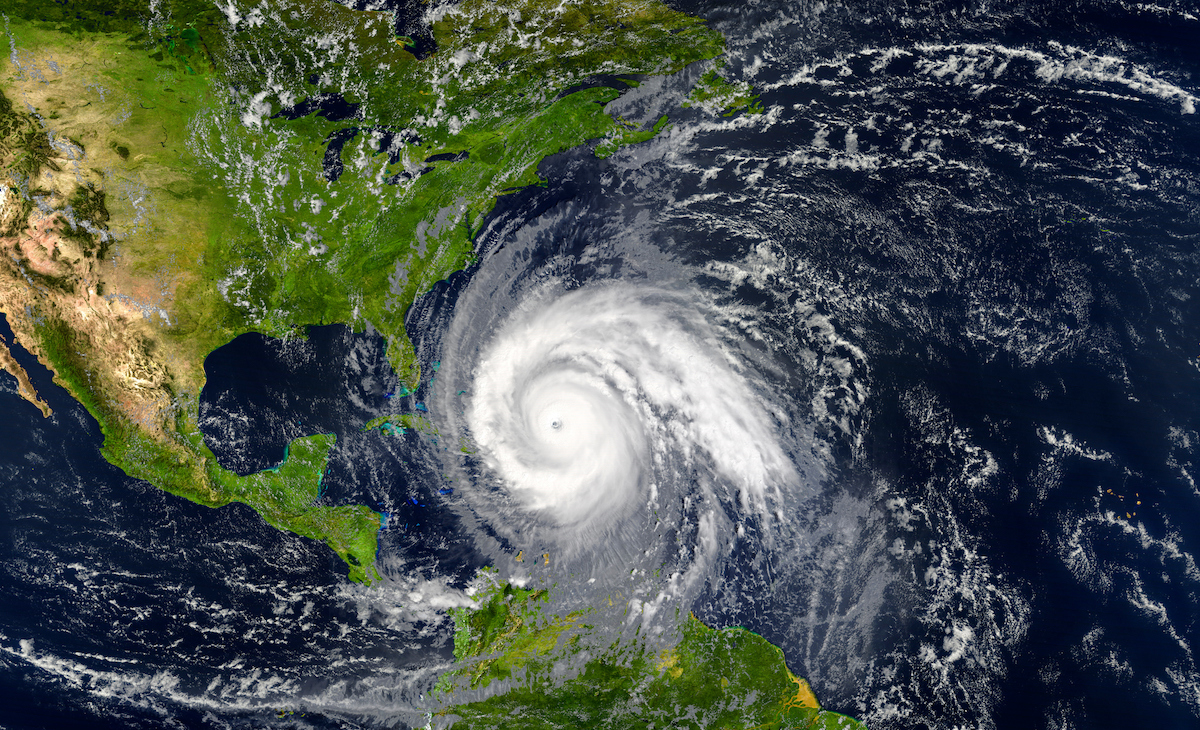
Photo Credit: MikeMereen/Getty
Be Prepared to Relocate
In many cases, you can ride out bad storms in your RV, provided you have all the necessary supplies and equipment. But some extreme weather events may require you to relocate in order to stay safe.
For instance, tornadoes can be highly unpredictable and destructive, which is why we often have to seek refuge in a storm shelter. If the forecast includes the potential for tornadoes, find out where the nearest shelters are located and be prepared to move to one before the conditions become too dangerous.
Hurricanes can also cause widespread destruction, often leaving deviation in their wake. Fortunately, we usually have plenty of warning before those storms make landfall, making it much easier to prepare for their arrival. Usually, the best way to deal with a hurricane is to leave the area altogether. If possible, load up your RV plenty early and hit the road for a safer destination.
Being flexible with your travel plans is an excellent way to avoid nearly any type of extreme weather event. Because your RV is mobile, you can alter your itinerary at any time and go someplace where the weather is more to your liking. Avoiding blizzards, heavy rains, and destructive winds altogether is the best way to stay safe while on the road. Don’t hesitate to point your vehicle in a new direction when things start to look dicey.

Photo Credit: RomanBabakin/Getty
Stay Safe
While RVing is always a fun adventure, staying safe during our travels is also important. The guidelines above should prove helpful when dealing with potentially bad weather. The most important thing is to remain aware of changing conditions and be prepared for whatever Mother Nature throws at you.
Stay safe, and enjoy your travels.
The post How to Prepare for Severe Weather Events While Traveling in an RV appeared first on RV.com.


